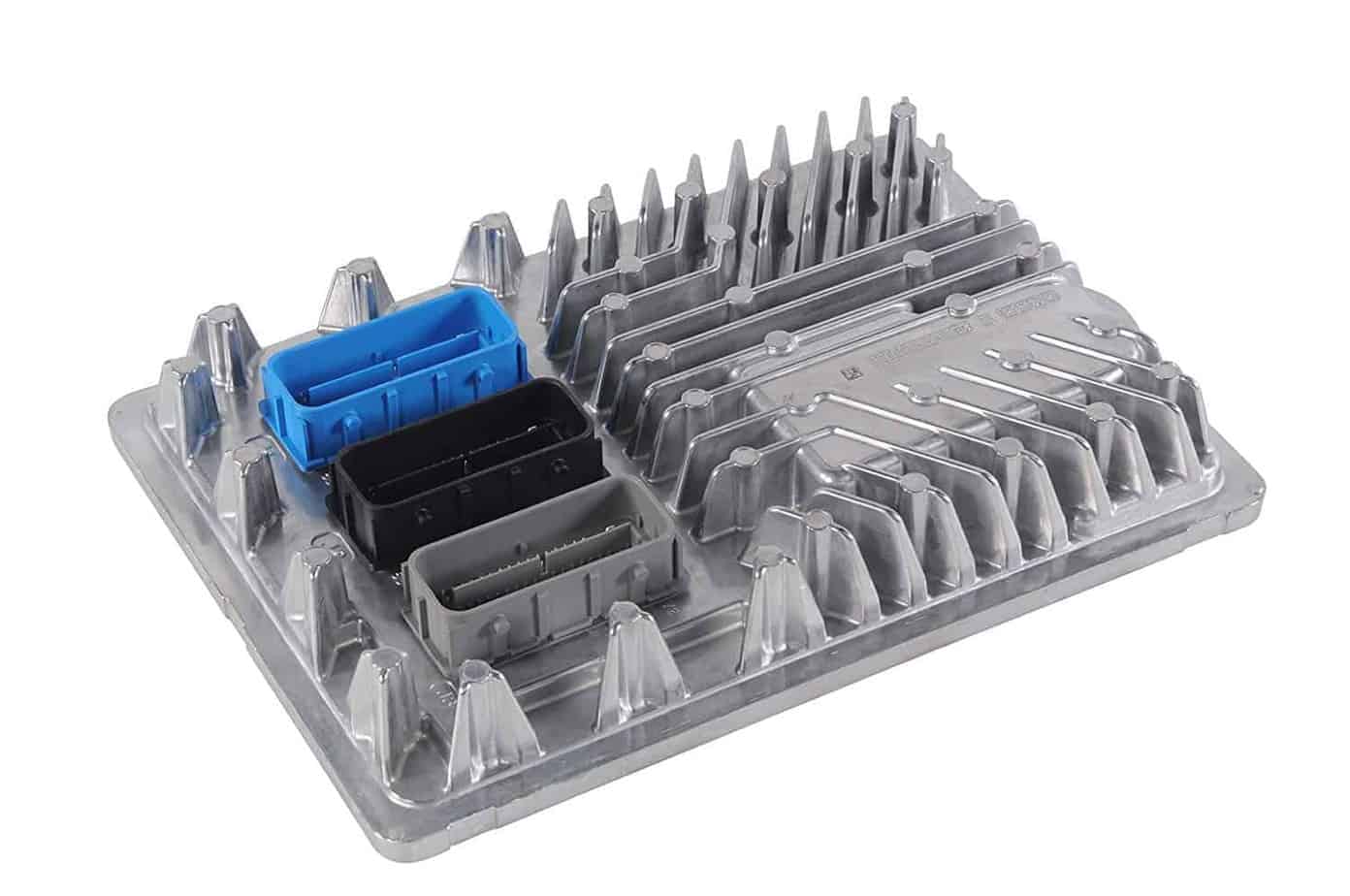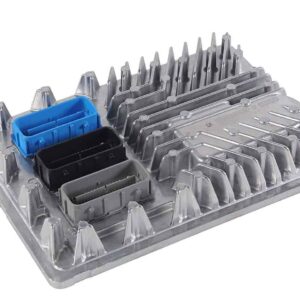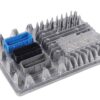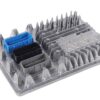Restore Peak Performance to Your GM Vehicle
Is your Cadillac, Chevrolet, or GMC suffering from baffling electrical gremlins, a persistent check engine light, or a frustrating no-start condition? The Engine Control Module (ECM) is the brain of your vehicle’s powertrain, and when it falters, it can cause a cascade of problems from poor fuel economy to complete engine shutdown. In my 20+ years of diagnostics, I’ve seen countless drivers chase expensive and incorrect repairs, when the root cause was a failing ECM. This isn’t just a replacement part; it’s a direct solution, pre-programmed with the latest GM software specifically for your vehicle’s VIN.
We take the guesswork out of the repair. Instead of you having to pay dealership prices for programming, we handle it before we ship. Simply provide your VIN at checkout, and we will flash this module with the correct calibration files for your exact vehicle. This ensures all engine and transmission parameters are set correctly, restoring the smooth operation and reliability you expect from your vehicle. Getting a pre-programmed 2017 XTS Engine Control Module is the smartest way to ensure a successful and lasting repair.
From the Diagnostic Bay: The Case of the Intermittent Stall
A customer brought in a 2017 Sierra 1500 that would randomly stall at stoplights. No consistent codes, just an occasional U0100 (Lost Communication with ECM/PCM). We checked grounds, wiring harnesses, and power feeds—all solid. The previous shop had replaced the fuel pump, thinking it was a pressure issue. After hours of chasing ghosts, we swapped in a known-good, programmed ECM. The problem vanished instantly. The original ECM had an internal hairline fracture on the circuit board that would separate when warm, cutting communication. This highlights why starting with a reliable, correctly programmed 2017 XTS Engine Control Module or its equivalent for other models is critical—it can save you hundreds in wasted diagnostic time and parts.
Is Your Vehicle Showing These ECM Failure Signs?
- ✔ Check Engine Light is on with codes pointing to internal module failure (like P0601, P0606).
- ✔ Engine cranks but refuses to start.
- ✔ Unexplained stalling or rough idling.
- ✔ Noticeable drop in fuel efficiency.
- ✔ Transmission shifting issues or harsh engagement.
- ✔ Communication errors with scan tools or other modules (U-codes).
- ✔ Failure to pass state emissions testing.
Your Step-by-Step Installation Guide
- ✔ Safety First: Disconnect the negative terminal from your vehicle’s battery to prevent any electrical shorts.
- ✔ Locate the ECM: On most of these vehicles, the ECM is found in the engine compartment (often on the driver’s side) or under the cowl. Consult a repair manual for your specific model if you’re unsure.
- ✔ Disconnect Connectors: Carefully unclip the wiring harness connectors from the old ECM. They have locking tabs, so be gentle to avoid damage.
- ✔ Remove the Old Module: Unbolt the old ECM from its mounting bracket.
- ✔ Install the New Module: Bolt your new, pre-programmed ECM into place and securely reconnect the wiring harnesses. You should hear a ‘click’ as they lock.
- ✔ Reconnect Battery: Reattach the negative battery terminal.
- ✔ Perform Security Relearn: This is the most critical step. If the vehicle does not start, you or your mechanic MUST perform the Vehicle Theft Deterrent System relearn using a GM-compatible scan tool with access to TIS2Web or Techline Connect. This pairs the new ECM to your vehicle’s anti-theft system. Other procedures like a crankshaft variation relearn may also be necessary.
Verified Fitment for Your GM Vehicle
This module is a direct replacement for part numbers 12692068, 12704476, 12686382, 12674052, 12674472, and 12678815. It is confirmed to fit the following models and configurations:
- ✔ 2017 Cadillac XTS (3.6L, VIN 8, opt LF3)
- ✔ 2017 Cadillac Escalade & Escalade ESV
- ✔ 2017 Cadillac ATS (3.6L, VIN Y, opt LF4)
- ✔ 2017 Cadillac CTS (6.2L Supercharged & 3.6L Twin Turbo)
- ✔ 2017 Chevrolet Corvette
- ✔ 2017 Chevrolet Tahoe & Suburban 1500
- ✔ 2016-2018 Chevrolet Silverado 1500 (check specific IDs)
- ✔ 2017 GMC Yukon & Yukon XL 1500
- ✔ 2016-2018 GMC Sierra 1500 & Sierra Denali 1500 (check specific IDs)
Note: This is a comprehensive list. Please ensure your vehicle matches the options described. The key to a perfect match is providing us with your VIN for programming.
Do I really need to provide my VIN?
Do I really need to provide my VIN?
Yes, absolutely. Providing your Vehicle Identification Number (VIN) is mandatory. We use it to load the precise, factory-correct software and calibrations for your specific vehicle. This step is what makes our module a true plug-and-play solution, saving you a trip to the dealer for programming.
What is a ‘theft relearn’ and why do I need to do it?
The theft deterrent relearn is a security procedure that syncs the new ECM with your vehicle’s immobilizer system (keys, BCM, etc.). Without this handshake, the system assumes a theft is in progress and will prevent the engine from starting. This procedure requires a professional scan tool with GM software access (like TIS2Web/Techline Connect) and is the responsibility of the installer.
Will this fix my check engine light?
If the check engine light is caused by an internal failure of the original ECM (e.g., DTC P0601), then yes, this part will resolve the issue. However, you must ensure that the codes are not being caused by a different faulty component, such as a bad sensor or wiring issue.
My part number isn’t an exact match, but it’s in the list. Will it work?
Yes. GM often supersedes part numbers. The part numbers listed (12704476, 12686382, etc.) are all interchangeable with 12692068. As long as your original part number is on our list, this module will function correctly once programmed to your VIN.
What if I install it and the car doesn’t start?
The most common reason for a no-start after installation is the need for the security relearn procedure. Please confirm with your mechanic that this step, along with any other necessary relearns like crankshaft position variation, has been completed using the proper GM diagnostic tools.



